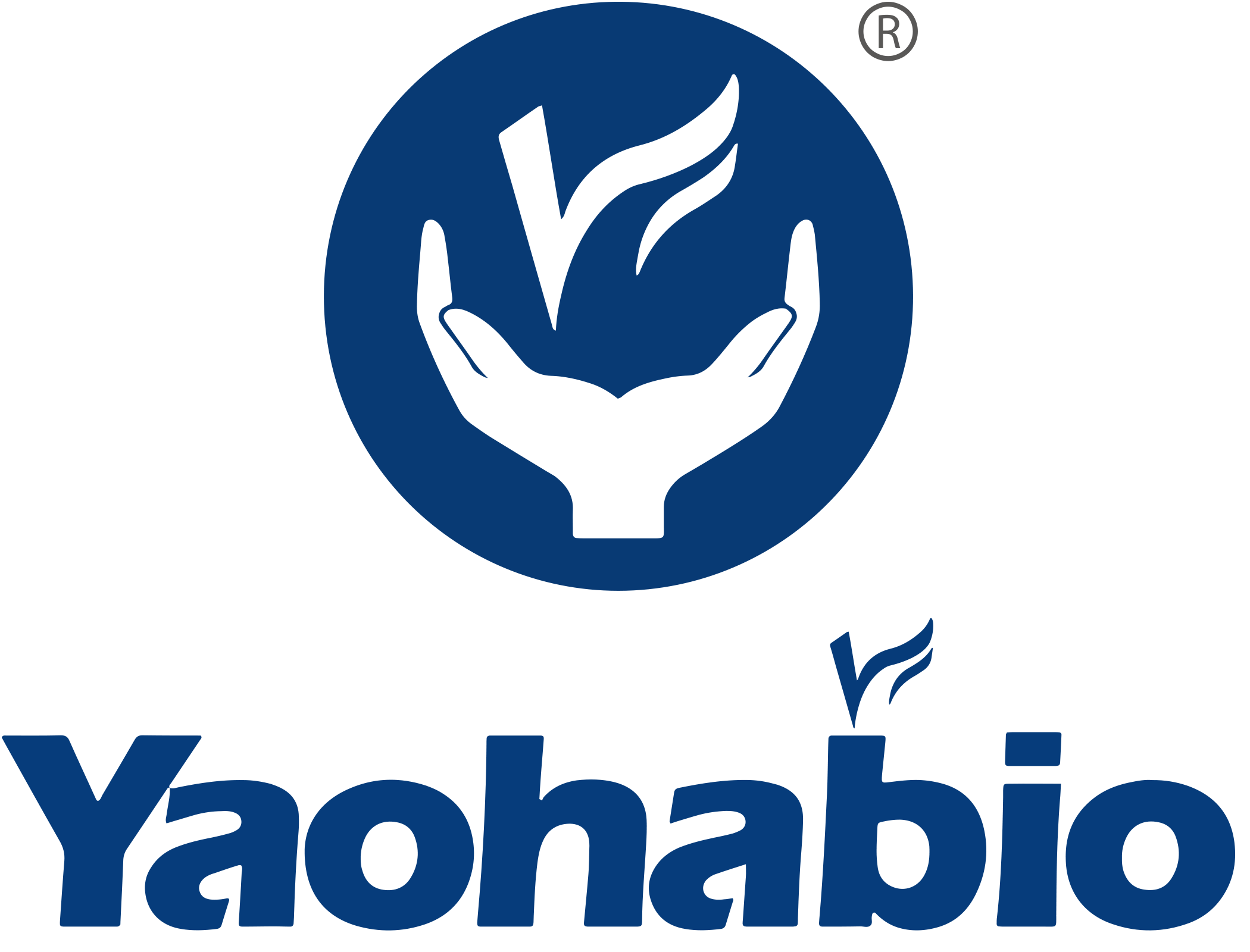IVT mRNA-forberedelse
In vitro transkription (IVT) er den foretrukne metode til forberedelse af mRNA, som kan producere microgram til milligram mRNA på laboratorie-niveau. Til forskningsformål har leverandører af reaktiver udviklet fleksible IVT-reaktionssystemer, der er egnet til mRNA af moderat længde (1000-4000 nukleotider).
I denne artikel vil vi give en overblik over in vitro transkription (IVT) af mRNA, herunder det konventionelle IVT-reaktionssystem, der bruges på laboratorie-niveau, og det IVT-reaktionssystem, der er egnet til ultra-lange mRNA (>9000 nukleotider).
Sætter gør det muligt at kappe co-transkriptionelt med CleanCap AG og reducerer immunogenitet med m1ψ. DNase I fjerner resterende DNA. Lav udbytte kan skyldes dårlig blanding, oxidering af reaktiver eller problemer med DNA-skabelon, hvilket kan mindskes ved centrifugering, friske reaktiver, kontroller og justering af skabelonmængde/reaktionstid.
Yaohai Bio-Pharma tilbyder forskellige forhåndsfabrikerede IVT RNA-produkter (væsket/frossetørre puds) og LNP-færdigprodukter, der kodere proteiner såsom fluorescerende proteiner (eGFP, mCHERRY), luciferase, rekombinase Cre og antigen OVA, for at opfylde forskellige eksperimentelle eller projektmæssige behov.
IVT-system til ultralang mRNA
Konventionel IVT fungerer muligvis ikke for overdrevet lange mRNA (>9000 nt). En dyb forståelse og rationel justering af IVT-komponenterne er nødvendig.
DNA-skabelon: Lineariserede plasmider eller PCR-produkter med tilsvarende promotorsekvenser, opløst i RNase-fri H2O. En DNA-skabelonkoncentration højere end 40 nM anbefales for optimale IVT-betingelser.
DTT: Vedligeholder enzymaktivitet under transkription. Frisk DTT bør tilføjes reaktionsbufferet for optimal enzymaktivitet.
RNase-hæmmer: Hæmmer RNase-aktiviteten og vedligeholder mRNA-stabilitet.
T7 RNA-polymerase: Katalyserer DNA-transkription til RNA, svarende til promotorsekvensen. Aktiviteten af T7 RNA-polymerase påvirkes af pH og magnesiumioner.
Magnesiumioner (Mg2+): Et cofaktor for RNA-polymerase. For lavt koncentrationer reducerer transkriptionseffektiviteten, mens for høje koncentrationer fører til RNA-degradation. Fri [Mg2+] skal justeres ud fra nukleotidkoncentrationen. Hver nukleotid chelaterer én [Mg2+], så [Mg2+] koncentrationen skal overstige den totale nukleotidkoncentration.
Nukleosidtrifosfat (NTP): Som substrater er NTP'erne de grundlæggende enheder i RNA. NTP-koncentrationer over 7 mM har en positiv indvirkning på mRNA-produktionen.
Spermidin: Stabiliserer DNA-enzyme-komplekser og stimulerer transkriptionsreaktioner; imidlertid har for høje koncentrationer inhiberende effekter. Den anbefalede spermidinkoncentration ligger mellem 1 og 3 mM.
Inorganisk Pyrofosfatase (PPase): Tilføjet til IVT-reaktioner for at forhindre opbygningen af inorganiske pyrofosfat-ioner (PPi), undgå deres chelering med Mg2+ og sikre tilstrækkelig fri Mg2+.
Ved at udnytte førende teknologi og IVT mRNA-erfaring tilbyder Yaohai Bio-Pharma en alt-i-en-tjeneste inden for IVT RNA, dækkende sekvensdesign, IVT RNA-forarbejdning (med m1ψ-modifikationer), RNA-cykling, renseparation, frysedyrkning, LNP-indpakning og kvalitetstest.
Vi søger også aktivt globale partnere, både institutionelle og individuelle. Vi tilbyder den mest konkurrencedygtige kompensation i branchen. Hvis du har nogen spørgsmål, tøv ikke med at kontakte os: [email protected]
Nyheder
-
Yaohai Bio-Pharma Bestod EU QP Audit og Opnår ISO Triple Certificering
2024-05-08
-
BiotechGate, Online
2024-05-13
-
2024 VERDENSDAG FOR VACCINER Washington
2024-04-01
-
CPHI Nordamerika 2024
2024-05-07
-
BIO International Convention 2024
2024-06-03
-
FCE COSMETIQUE
2024-06-04
-
CPHI Milan 2024
2024-10-08

 EN
EN
 AR
AR
 HR
HR
 CS
CS
 DA
DA
 NL
NL
 FI
FI
 FR
FR
 DE
DE
 EL
EL
 IT
IT
 JA
JA
 KO
KO
 NO
NO
 PL
PL
 PT
PT
 RO
RO
 RU
RU
 ES
ES
 SV
SV
 IW
IW
 ID
ID
 LV
LV
 LT
LT
 SR
SR
 SK
SK
 SL
SL
 UK
UK
 VI
VI
 ET
ET
 HU
HU
 TH
TH
 TR
TR
 FA
FA
 AF
AF
 MS
MS
 BE
BE
 MK
MK
 UR
UR
 BN
BN

